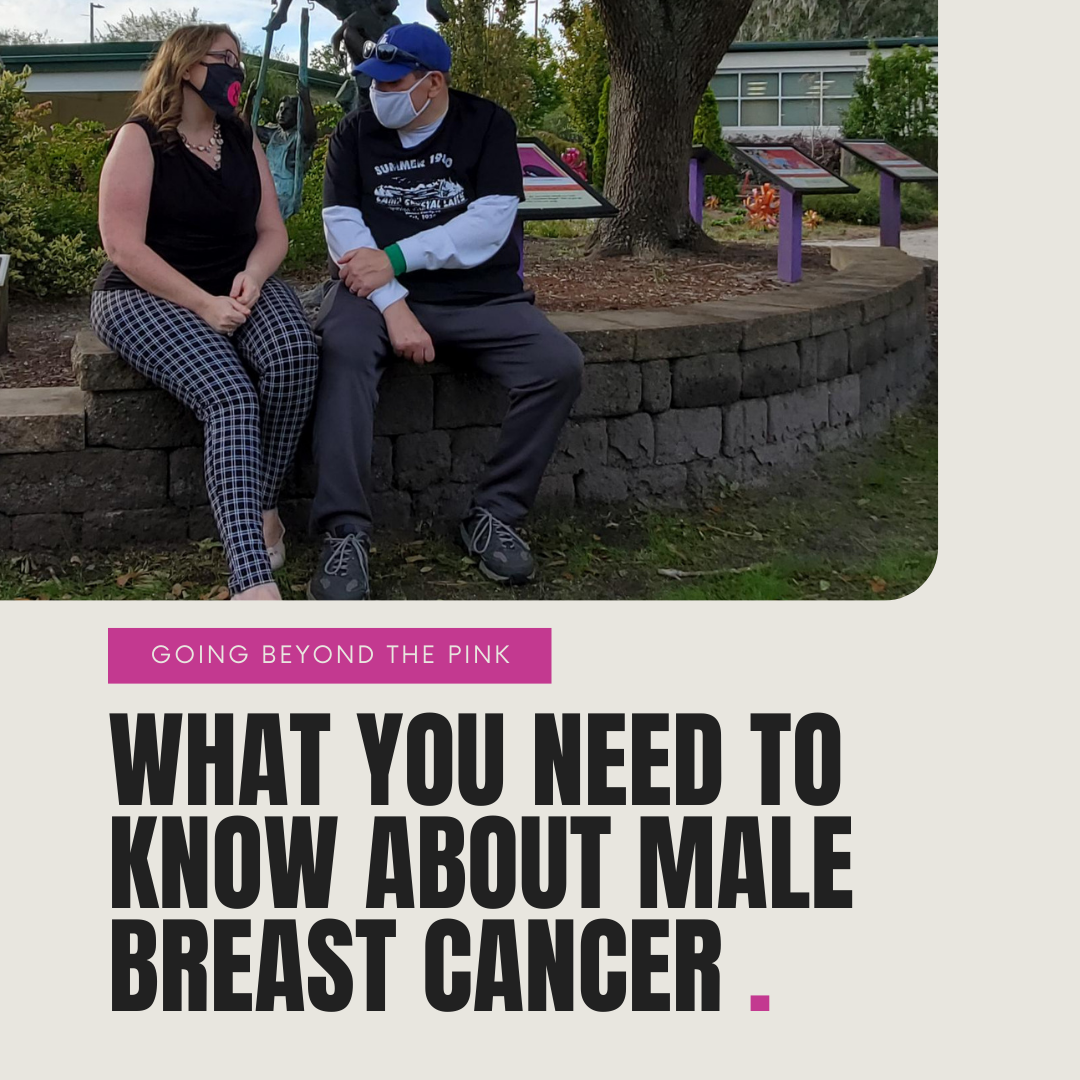
Male Breast Cancer: What you Need to Know
The stigma around breast cancer can be focused around the idea of it being a “woman's disease”. With “all things pink” and the efforts around empowering women, there is this gap between addressing men who get diagnosed with breast cancer and empowering them to fight against the sexual stigmatization that it presents.

Breast Health Equity and Why it Matters
The increase of medical technology, effective treatments, and early detection screenings have decreased mortality rates of breast cancer overall. Although these excellent improvements are effective for our breast cancer community, it’s important to note that unfortunately not every population is included. This is due to the various health disparities seen within diverse populations which directly impacts their breast cancer incidence and mortality rates.

Signs & Symptoms of Male Breast Cancer
Did you know that approximately 1% of all Breast Cancer diagnoses in the US occur in men? The rarity of breast cancer in males means that men are much less likely to be screened in order to catch the cancer early on. That’s why, for Men’s Health Week, we are going to help share information on the risk factors, signs, and symptoms of male breast cancer in order to spread awareness and keep men safe from this disease.

What You Need To Know About Male Breast Cancer
You will hear this sentiment echoed in the words of many male breast cancer survivors. But statistics show that breast cancer isn’t just for women.
While breast cancer among men in the U.S is far less likely than that of their female counterparts, breast cancer in men does account for approximately 1% of breast cancer diagnoses, with around 2,300 new cases yearly as reported by the CDC. These numbers reflect a fairly recent increase in the likelihood of an average male being diagnosed, which went from 1 in 1,000 to 1 in 833.